Doc under the sea
Living underwater for 18 days will be a dream come true for University of Cincinnati surgeon Tim Broderick, MD '90, who always wanted to be an astronaut. Wait a minute, an astronaut? Well, the story isn't as fishy as it sounds.
This spring, Broderick and three astronauts will live in an underwater laboratory in the Florida Keys to test procedures for performing surgery in space. Coordinated by NASA, the researchers are "exploring communication, simulation and robotic technology to develop the operating room of the future," says Broderick, a robotic surgeon at the UC Center for Surgical Innovation. Medical monitoring equipment being tested was designed by Mary Beth Privitera, DAAP '90, MS (DAAP) '95, of UC's Biomedical Engineering team.
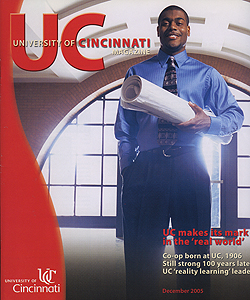

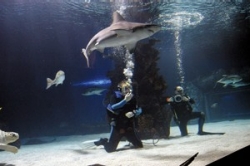
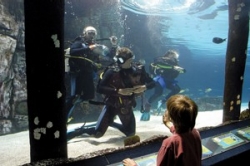
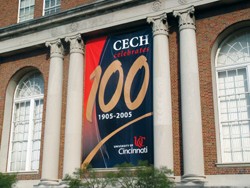
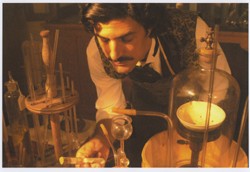
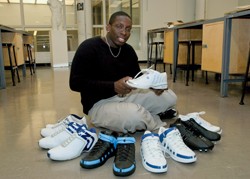
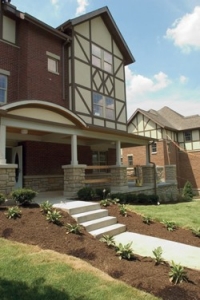
![UC's Valentine House [above] in Stratford Heights is home for students participating in a new Spanish/French language-immersion program that began at UC in 2005. Photos/Dottie Stover UC's Valentine House in Stratford Heights is home for students participating in a new Spanish/French language-immersion program that began at UC in September '05. photos/Dottie Stover](https://magazine.uc.edu/issues/1205/news1/jcr%3acontent/MainContent/textimage_5/image.img.jpg/1397444212165.jpg)
